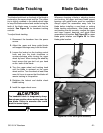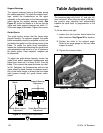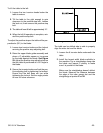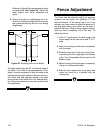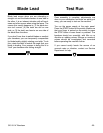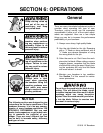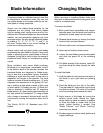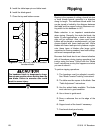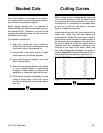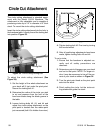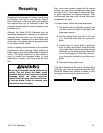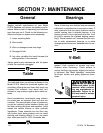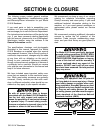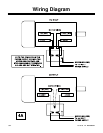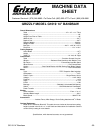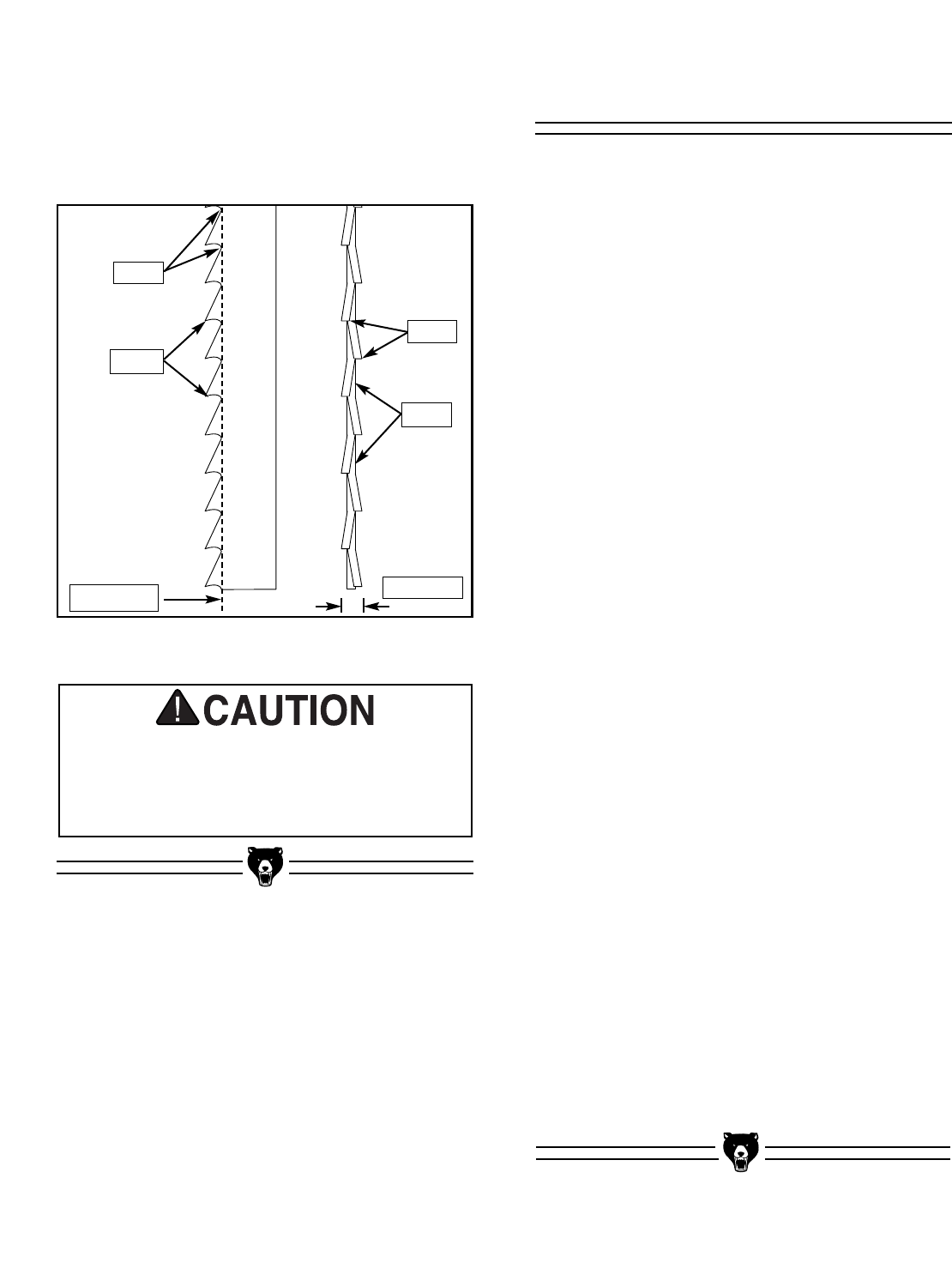
-28- G1019 14'' Bandsaw
Ripping
Ripping is the process of cutting a board into two
or more thinner boards, generally in a direction
along its length. The maximum board width that
can be ripped is limited by the distance between
the blade and the support column. Maximum cut-
ting width for this bandsaw is 13
1
⁄2".
Blade selection is an important consideration
when ripping. Generally, the wider the blade, the
better. In most applications, a hook or skip tooth
style will be sufficient. Also, since most ripped
lumber will be planed or sanded smooth, you can
choose blades with fewer teeth-per-inch. While
blades with fewer teeth-per-inch produce rougher
cuts, these types of blades offer larger gullet
capacities for clearing sawdust, less heat buildup,
and more horsepower per tooth.
Be aware that blade lead is an inherent situation
with all bandsaws during ripping operations that
involve using the fence. Consult with the “Blade
Lead” instructions on why this happens and what
you can do about it.
To perform ripping operations:
1. The bandsaw must be adjusted correctly.
See “Blade Tension/Tracking” instructions.
2. The table must be square to the blade. See
“Table Adjustment” instructions.
3. Use the widest blade available. The blade
must also be in good condition.
4. Use a fence to guide work.
5. Draw a reference line on the edge of the
board.
6. Support ends of the board if necessary.
7. Feed work slowly and evenly.
Figure 31. Side and front views of a standard
bandsaw blade.
Gullet Line
Gullet
Tooth
Tooth
Gullet
Blade Set
The bandsaw blade is dangerously sharp.
Use extreme caution when working near the
saw blade. Failure to exercise care could
result in severe injury.
5. Install the table taper pin and table insert.
6. Install the blade guard.
7. Close the top and bottom covers.




